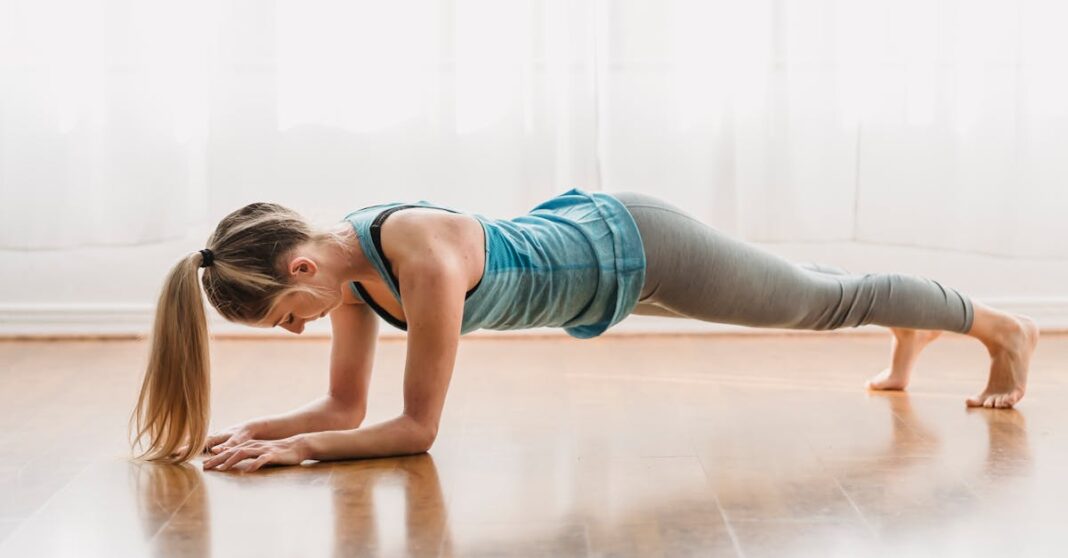Resistance bands have become increasingly popular in the fitness world, especially for those looking to workout at home. Whether you are a beginner or an experienced athlete, resistance bands can offer a wide range of benefits to your workouts. In this article, we will explore what resistance bands are and how they can benefit your fitness journey.
What are resistance bands?
Resistance bands, also known as exercise bands or stretch bands, are elastic bands that come in various sizes, shapes, and levels of resistance. They can be made from different materials such as rubber, latex, or fabric and can be used for a variety of exercises targeting different muscle groups. Resistance bands are commonly used for strength training, rehabilitation, and flexibility exercises.
There are three main types of resistance bands: loop bands, tube bands, and therapy bands. Loop bands are small, circular bands that can be secured around the ankles, thighs, or arms. Tube bands, also known as handled bands, have handles on either end and can be used for a wider range of exercises. Therapy bands, also known as flat bands, are long and thin bands that are often used for rehabilitation exercises.
Benefits of resistance band workouts:
Increased muscle strength
One of the most significant benefits of resistance band workouts is increased muscle strength. The resistance provided by the bands puts more tension on your muscles, making them work harder and resulting in muscle growth and strength gains. This is similar to using free weights or weight machines at the gym, but with resistance bands, you can adjust the level of resistance by using different bands or changing the length of the band.
Resistance bands are particularly effective for building strength in smaller muscle groups that may be neglected during traditional weightlifting exercises. For example, loop bands can be used to target the glutes, which are challenging to isolate with other equipment. Additionally, resistance bands can also be used for compound exercises like squats and chest presses, increasing the resistance and making them more challenging.
Improved flexibility
Flexibility is a crucial aspect of fitness that often gets overlooked. However, it is essential for preventing injuries and improving overall performance in both daily activities and workouts. Resistance bands are an excellent tool for improving flexibility as they allow you to stretch your muscles more safely and effectively.
When using resistance bands for stretching, the band provides tension throughout the range of motion, providing a deeper stretch than traditional static stretches. By incorporating resistance bands into your stretching routine, you can increase your overall range of motion and improve your flexibility over time.
Portable and convenient
One of the main advantages of resistance bands is their portability and convenience. Unlike traditional gym equipment, resistance bands are lightweight, compact, and easy to store. This makes them perfect for home workouts or for taking with you on trips, allowing you to maintain your fitness routine even when you are away from home.
Resistance bands are also versatile in terms of where you can use them. You can use them at home, in a gym, or even outdoors. This makes them a great option for those who prefer to exercise in different environments.
Suitable for all fitness levels
Resistance bands are suitable for all fitness levels, from beginners to advanced athletes. The level of resistance they provide can be easily adjusted by using different bands or changing the length of the band. This means that one set of resistance bands can cater to people with varying strength levels, making them an ideal piece of equipment for households with multiple people working out together.
Furthermore, resistance bands can also be used to modify exercises for those who may have injuries or limitations. For example, if someone cannot perform a traditional push-up due to wrist pain, they can use a resistance band to assist in the movement, gradually building strength until they can perform a full push-up without assistance.
Versatile exercises
Resistance bands offer a wide range of exercises that target different muscle groups. They can be used to train both the upper and lower body, and there is a vast selection of exercises available for each muscle group. Moreover, by changing the position of the band, you can vary the angle of resistance, allowing you to target specific muscles in different ways.
Some common exercises using resistance bands include bicep curls, shoulder presses, squats, lunges, and rows. However, there are also many lesser-known exercises that can be done with resistance bands, making them a versatile tool for any workout routine.
Injury prevention
Resistance bands not only help build strength and flexibility but can also aid in injury prevention. By strengthening smaller muscle groups, resistance bands provide better support and stability to larger muscle groups, reducing the risk of injury during workouts.
Moreover, resistance bands allow for more controlled and slower movements, which can be beneficial for those rehabilitating from an injury. The tension provided by the bands also helps to activate the muscles, promoting proper form and reducing the risk of strain or injury.
Cost-effective
Gym memberships and traditional workout equipment can be quite expensive, making it difficult for some people to prioritize their fitness goals. However, resistance bands are relatively inexpensive and offer a wide range of exercises, making them a cost-effective option for anyone looking to improve their fitness.
Furthermore, as mentioned earlier, one set of resistance bands can cater to multiple people with varying levels of strength, making them an even more cost-effective option for families or housemates looking to workout together.
Can be used for full-body workouts
Resistance bands are not just limited to targeting specific muscle groups; they can also be used for full-body workouts. With the right combination of exercises, you can create a full-body workout routine using only resistance bands. This makes them an ideal option for those who prefer to do full-body workouts rather than focusing on specific muscle groups.
Additionally, since resistance bands are portable and versatile, you can easily switch from one exercise to another, keeping your heart rate up and providing a challenging workout for your entire body.
Can be used for rehabilitation
Resistance bands are commonly used in physical therapy and rehabilitation exercises. They offer a low-impact way to strengthen muscles and improve flexibility without putting too much strain on the body. This makes them an excellent option for those recovering from injuries or surgeries.
Moreover, using resistance bands for rehabilitation allows for a gradual progression of exercises, making it a safer and more effective method compared to traditional gym equipment.
Can be incorporated into various fitness routines
Resistance bands can be used as a stand-alone piece of equipment or incorporated into other workout routines. For example, if you enjoy weightlifting, you can use resistance bands to increase the resistance and make your current exercises more challenging. This can help you break through plateaus and continue making progress in your strength training.
Furthermore, resistance bands can also be used as part of a cardio routine. For example, you can incorporate high-intensity movements with resistance bands to elevate your heart rate and get a full-body cardio workout.
Tips for effective resistance band workouts:

- Start with lighter resistance and gradually increase: If you are new to resistance band workouts, start with lighter resistance bands and gradually work your way up to heavier ones. This will help prevent injury and allow your muscles to adapt to the tension.
- Focus on proper form: As with any exercise, proper form is crucial when using resistance bands. Ensure that you maintain good posture and control the movement throughout the exercise.
- Incorporate variety: There are many different types of resistance bands, each offering unique benefits. Try incorporating different types of bands into your workouts to add variety and challenge your muscles in different ways.
- Combine resistance bands with other forms of exercise: Resistance bands can be used alongside other types of exercise, such as weightlifting, bodyweight exercises, or cardio. This will provide a well-rounded workout that targets different muscle groups and promotes overall fitness.
- Use resistance bands for stretching: As mentioned earlier, resistance bands are great for improving flexibility. Incorporate them into your stretching routine to enhance the stretch and gradually increase your range of motion.
Conclusion

Resistance bands offer a wide range of benefits, making them a valuable tool in any fitness routine. From increasing muscle strength and improving flexibility to being cost-effective and convenient, there are many reasons to incorporate resistance band workouts into your fitness journey. With the right combination of exercises and proper form, you can achieve your fitness goals and see significant progress with the help of resistance bands. So why not give them a try and see the benefits for yourself?

